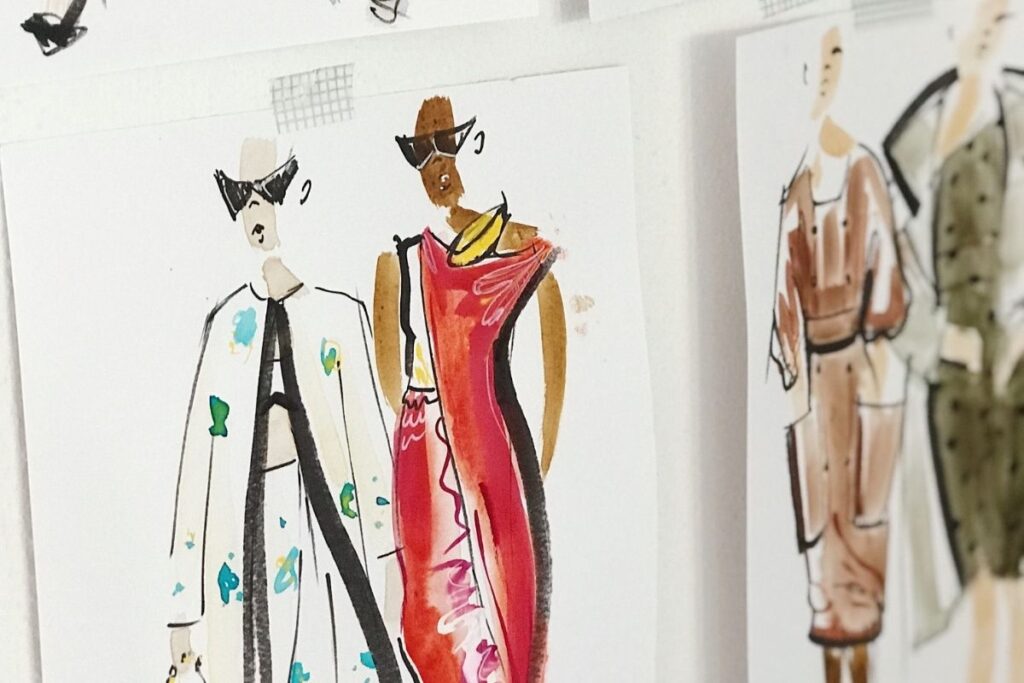Because production is a vital part of the industry, it’s essential to understand the production process and all it entails. The clothes we wear and essentially everything we own is produced somewhere else. All products are sourced, manufactured and distributed.
To work in the clothing industry, you must have a reasonable grasp of what is really involved in the production process-supply chain, the environmental issues, labor issues, quality issues, etc.
It’s important to know and truly understand the customer, including their demands and expectations. You’ll also need to know your price point and how that translates into the various fabric and textile options you offer your customer. You’ll need to know where you’re sourcing materials from and how the products will be manufactured.
Having a good relationship with your manufacturers is critical. There’s a certain degree of trust involved. You’re relying on the manufacturer to execute and deliver your design from across the world. There’s naturally going to be some concerns at first. Will the design be what you requested? Will it work? Will the fabrics used meet the quality and durability standards you demand?
If you don’t get this right, customers won’t come back. If they’re disappointed by the quality, or they’re disappointed by the way the fabric feels, or they think the brand doesn’t embody their values in terms of environmental issues or labor issues, you’re going to have a hard time establishing an on-going relationship with the customers, which is key.
Consumers are holding brands and their designers accountable for understanding environmental issues and sustainability. In the fashion industry, you’re expected to understand the environmental consequences of choosing one fabric over another, the effects of the manufacturing and dyeing process, whether it contributes to water pollution, and more.
You’ll need to know the labor involved in manufacturing, as labor issues can impact the brand identity and the way customers perceive your brand. Customers must feel comfortable with the production process and the values the brand embodies in terms of labor, because as stated before– satisfied, repeat customers are a must for success in this industry.
These are all things that will ultimately impact your brand. In the age of the internet, transparency is everything. There’s little room for error. Thanks to social media, word spreads fast. Customers are quick to “cancel” brands if they’re not producing quality products that align with their values, pose a threat to the environment or misuse laborers. Being ignorant of it, pleading ignorance after the fact, or saying it wasn’t your fault, doesn’t cut it nowadays. Designers and everyone involved in the design industry should ensure they have a really good understanding of all the aforementioned production issues in order to make wise choices.
You have to understand what your choices represent and take responsibility for those choices. On one end, you have to know your customer. You need to know what they can afford, what they want, what they expect and hopefully exceed their expectations. On the other end, at the back end, production sets your price points and also connects to marketing, thus production embodies your brand and your brand’s values.




